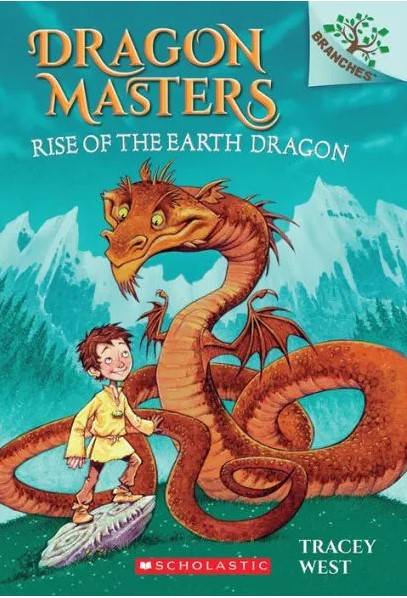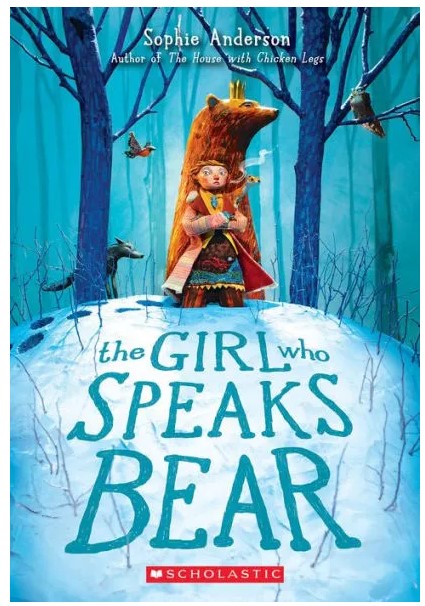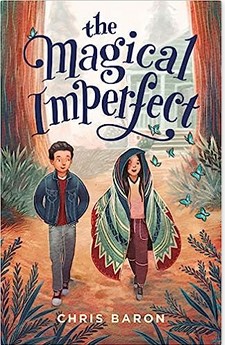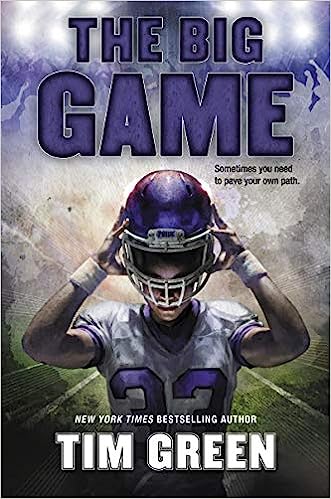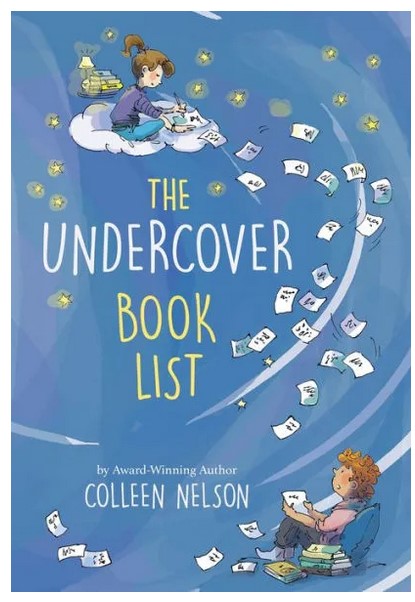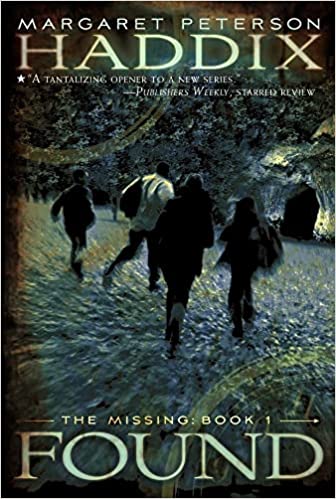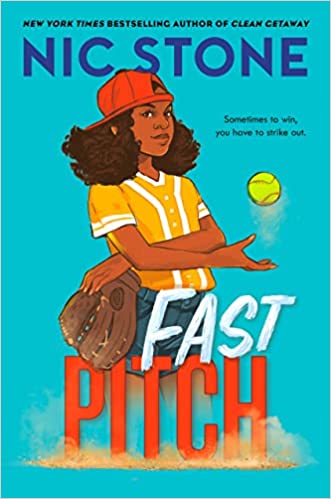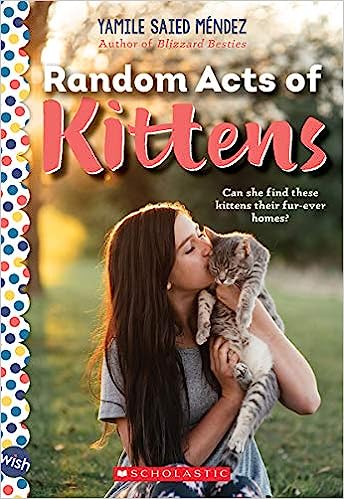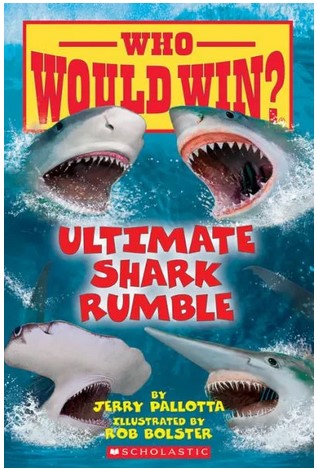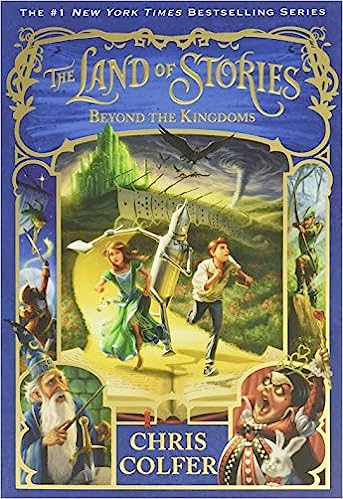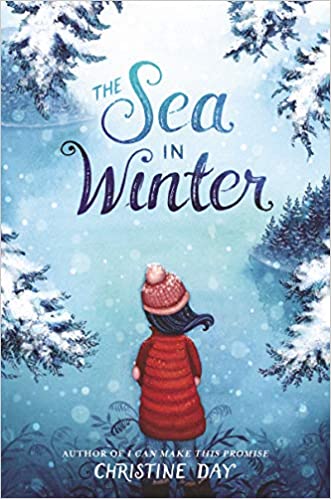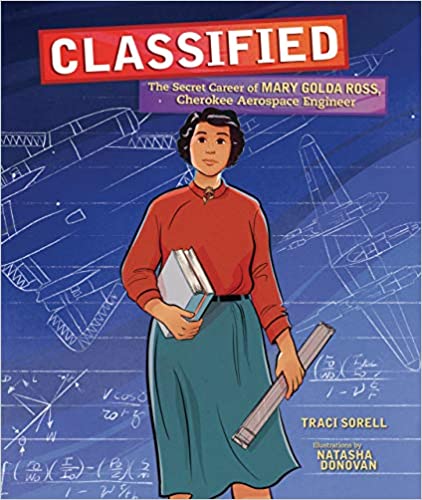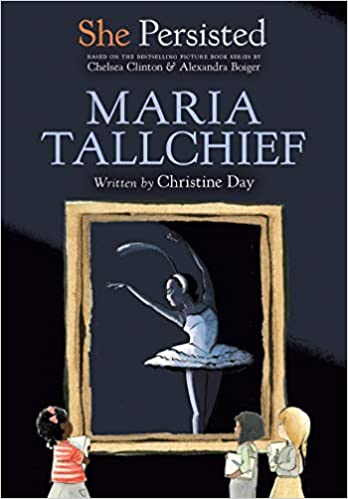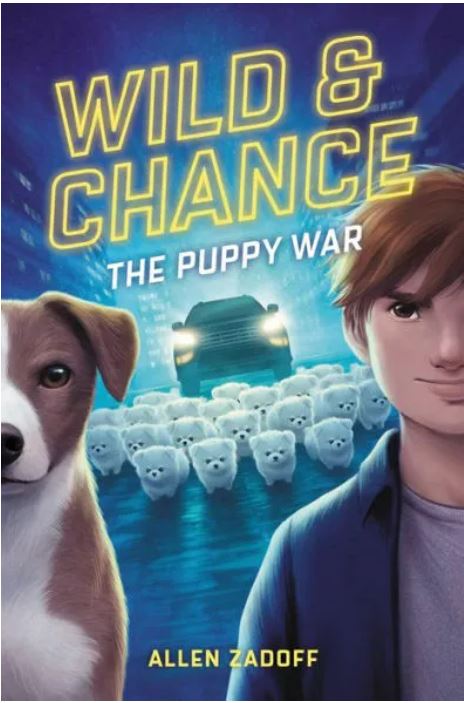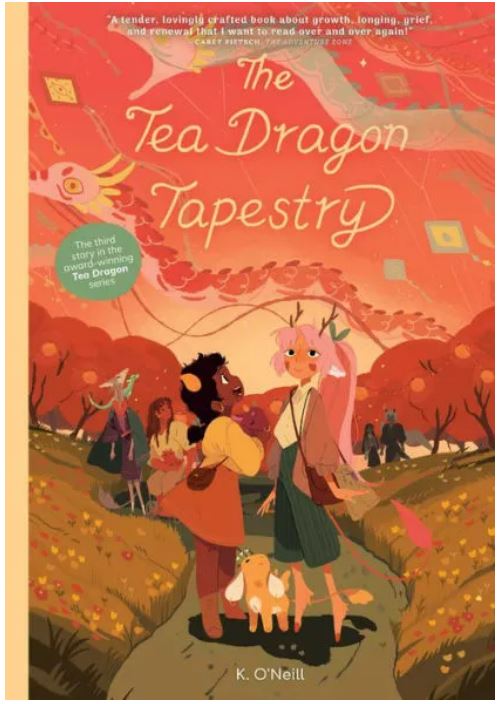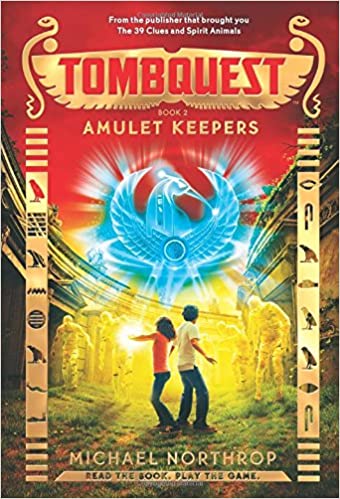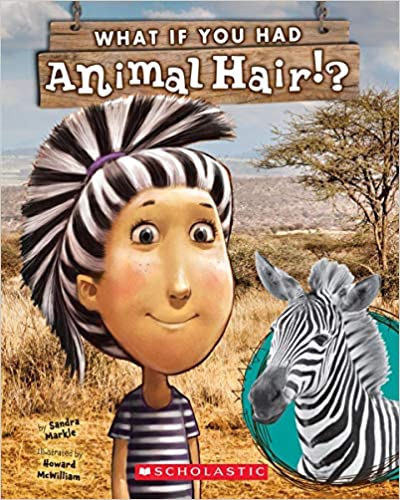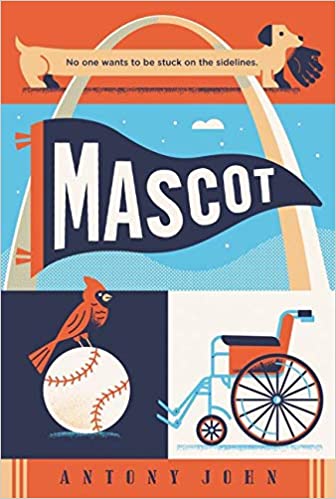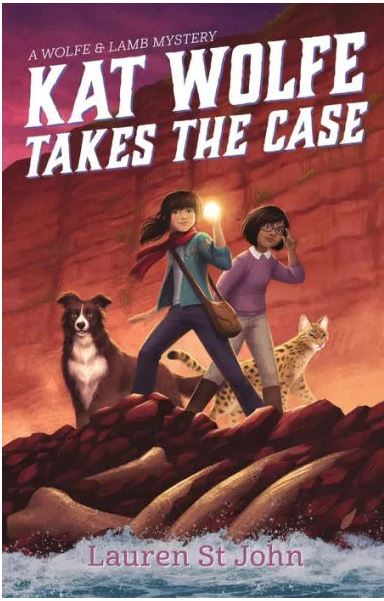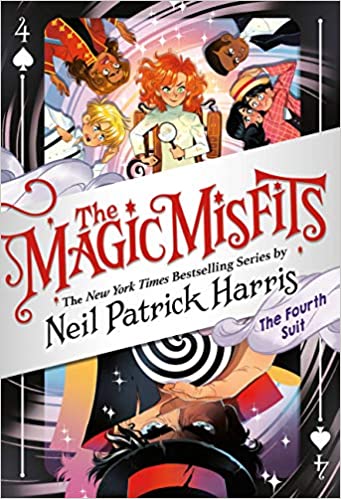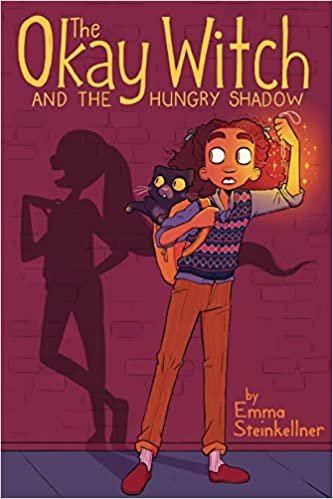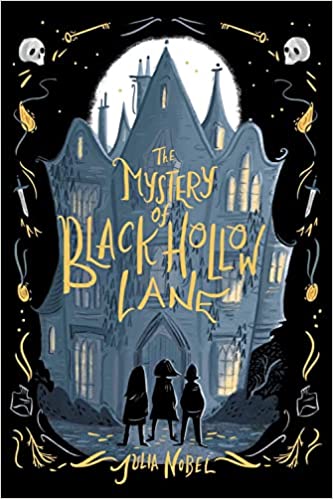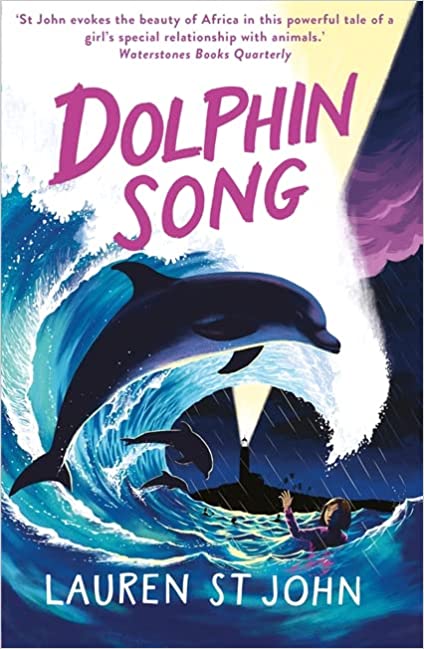When King Roland’s guards whisk Drake away from his family’s onion farm, Drake never imagined that he’s about to learn that dragons and magic are real. Even better, he learns that he is a Dragon Master — along with three other children — Ana, Rori, and Bo. The Dragon Masters must learn how to connect with and train their dragons and they must also uncover their dragons’ special powers. But Drake wonders what King Roland wants with the dragons. And why did the Dragon Stone choose four children to be the Dragon Masters? Most importantly, will Drake and his dragon learn to cooperate?
Rise of the Earth Dragon, the first installment of the Dragon Masters Series, sets up the rest of the series by introducing the main cast of characters and giving hints about the rest of the Kingdom of Bracken. The primary conflict in Rise of the Earth Dragon is Drake’s struggle to learn about the dragon’s world and to bond with the other Dragon Masters. Plus, Drake must learn how to be a dragon master and understand his dragon Worm’s power.
Despite being taken from his family and feeling insecure about not knowing much, he finds solace in his fellow Dragon Masters, and his confidence increases as he learns more. Drake is fairly optimistic because he has his own dragon and is making friends. At first, he gets frustrated when his dragon doesn’t exhibit powers, but he doesn’t give up trying to cooperate with Worm or his classmates. He is friendly and resilient, which young readers will like.
The other Dragon Masters have been training for longer than Drake. They have varying reactions to Drake and his somewhat underwhelming dragon, but ultimately, they become friends. Bo offers to dictate a letter for Drake, who cannot read or write, and eventually, Bo teaches Drake how to do so. The other two students, Rori and Ana, are more wary of Drake and are occasionally condescending. Drake earns the others’ respect when he and Worm save them from a collapsed tunnel. In that moment, Drake and Worm show that even those who are different can have extraordinary power.
Rise of the Earth Dragon is part of Scholastic’s early chapter book line called Branches, which is aimed at newly independent readers. The book is told in a straightforward manner with short sentences that ensure clarity. The oversized font and easy-to-read text make the story perfect for independent readers. Rise of the Earth Dragon includes black-and-white whimsical cartoon drawings on nearly every page. The illustrations bring the fantastical elements to life for young readers. Those interested in reading the rest of this series should begin with this book to understand the basics of the world and the characters.
Rise of the Earth Dragon is a fast-paced adventure that incorporates the classic fantasy elements— dragons, wizards, and far-away kingdoms — that readers will love. Even though the book is mostly exposition, the quick bonds Drake forms with his dragon and with the other kids contain enough excitement to keep young readers interested. The story also shows that adaptability and being different are valuable qualities and that our differences should be embraced rather than hidden. After reading Rise of the Earth Dragon, dragon-loving readers will be eager to read the next book in the series, Saving the Sun Dragon. Readers looking for more adventure should also read the Dragon Slayers’ Academy Series by Kate McMullan.
Sexual Content
- None
Violence
- Worm shows Drake his memories of being taken by King Roland’s guards. The images show Worm’s fear and explosions. The images aren’t graphic, but they depict the dragon in distress.
- Worm shows Drake a vision of what happened to Worm’s family, which Drake had also dreamt about the previous night. Drake notes, “Worm was trying to get out of the cave, but the other dragons were in the way. Then soldiers rushed into the cave. The soldiers wrapped Worm in chains. They dragged him out of the cave.”
Drugs and Alcohol
- None
Language
- Rori, one of the other Dragon Masters, tells Drake that his dragon “really is like a big, ugly worm.”
Supernatural
- Drake lives in the Kingdom of Bracken, and one day he’s whisked away from his onion farm by a soldier and brought to the castle. Inside, Drake describes seeing “the face of a giant, red dragon!” Drake thinks, “Dragons aren’t real,” showing that this is not common knowledge in his world, but dragons and magic do exist, and he learns about them throughout the course of the book.
- Drake meets a wizard. Drake describes the wizard, saying, “He had a long white beard. He wore a pointy hat and a dark green robe.” This is Griffith, the king’s wizard, and Griffith can do magic spells. For instance, Drake watches Griffith unlock a door. Drake describes, “Griffith pointed at [the door’s] big, brass lock. Sparks flew from his finger. The lock opened.”
- Griffith shows Drake something called the Dragon Stone, which “has the heart of a dragon . . . and those with the heart of a dragon become Dragon Masters for King Roland.”
- Drake has a piece of the Dragon Stone which helps him communicate with his dragon. Drake describes putting the stone necklace on and feeling “tingly all over his body.”
- When the Dragon Masters try to sneak their dragons outside to play at night, the Dragon Masters encounter a “glowing, red orb.” Another Dragon Master named Bo notes that it’s not Griffith’s magic, and that “it feels . . . scary.” One of the dragons panics and causes the tunnel to cave in.
Spiritual Content
- None
